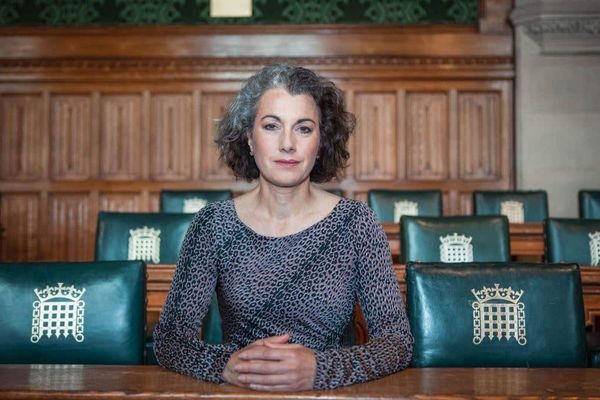
Signage in front of a Covid-19 test centre in Scotland (Jane Barlow/PA)
(Picture: PA Archive)Covid infections are rising across the UK, new figures show.
Around one in 25 private households in England had the virus in the week to March 5, or 2.1 million people, according to the the Office for National Statistics (ONS).
It is a jump from one in 30, or 1.9 million people, in the previous week.
Infections had fallen for three successive weeks after Boris Johnson announced the end of all legal Covid restrictions – including the requirement to self-isolate with the virus.
The number of patients in hospital remains low despite the rise, with the admission rate in England currently at 11.3 per 100,000 in the week up to March 6.
Meanwhile, Scotland has seen its infection levels rise for six weeks in a row. Some 299,900 people were likely to have the virus last week – the equivalent of one in 18.
It is the highest figure for Scotland since estimates began in autumn 2020 and surpasses the previous record of 279,400 in the first week of this year at the height of the Omicron wave.
Across the UK as a whole, 2.6 million people were estimated to have the virus last week, up from 2.4 million. The fiure stood at 4.3 million at the start of the year.
The ONS survey is considered to be the most reliable study of transmission of the virus, and uses a representative sample of swab tests collected regularly from tens of thousands of households.
As a result, It can estimate the percentage of people likely to test positive for Covid at any one point in time – regardless of when they caught the virus.
Dr Jenny Harries, chief executive of the UK Health Security Agency (UKHSA), said: “These data confirm that cases have declined substantially following the peak of the Omicron wave.
“However, the increasing presence of the BA.2 sub-lineage of Omicron and the recent slight increase in infections in those over 55 show that the pandemic is not over and that we can expect to see Covid circulating at high levels.”







